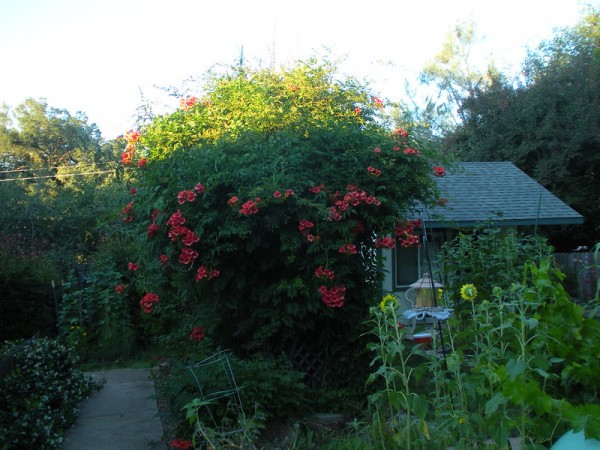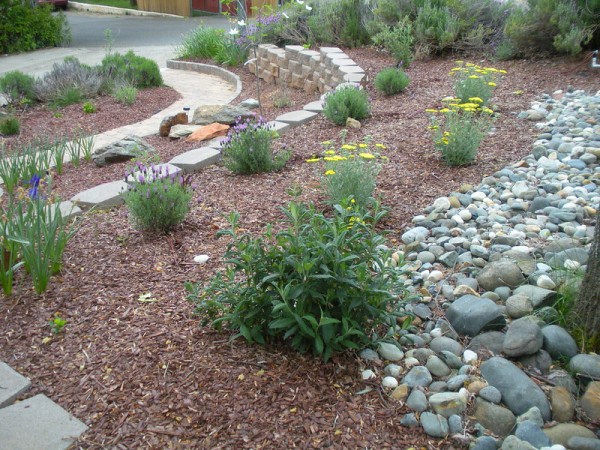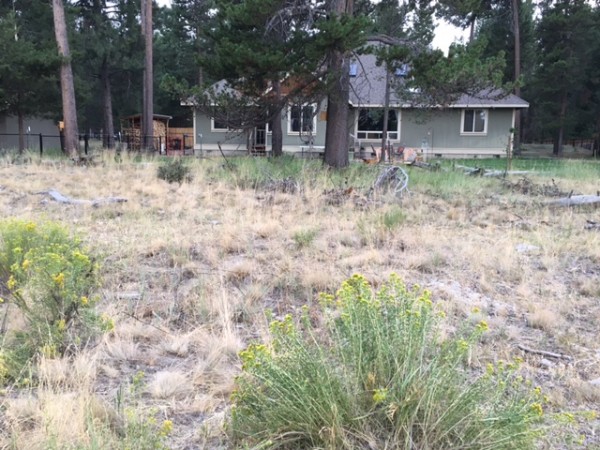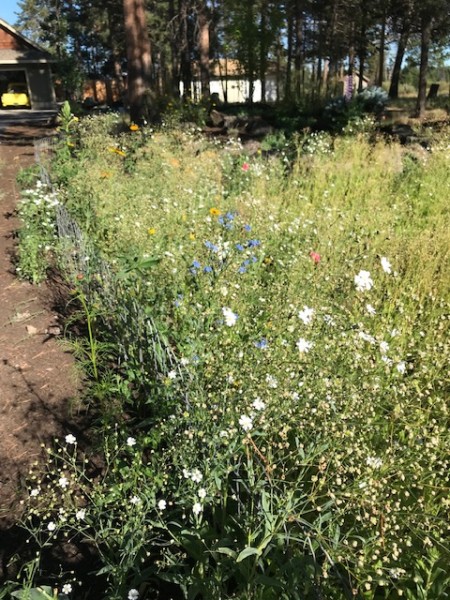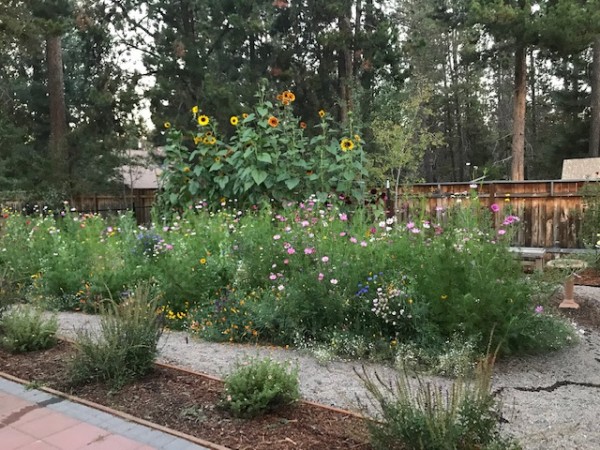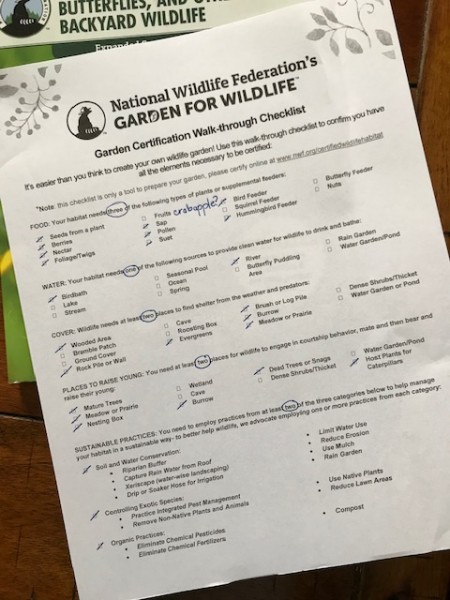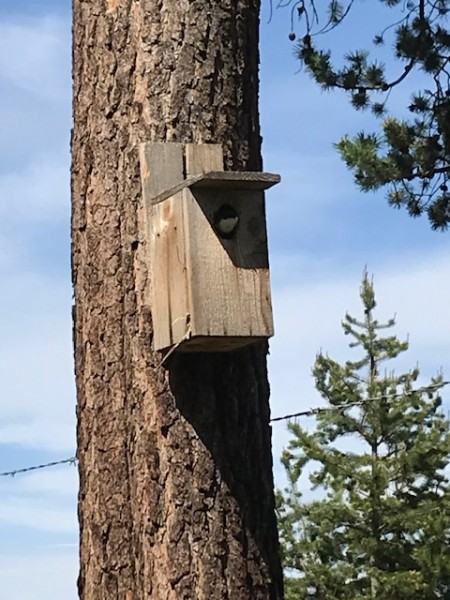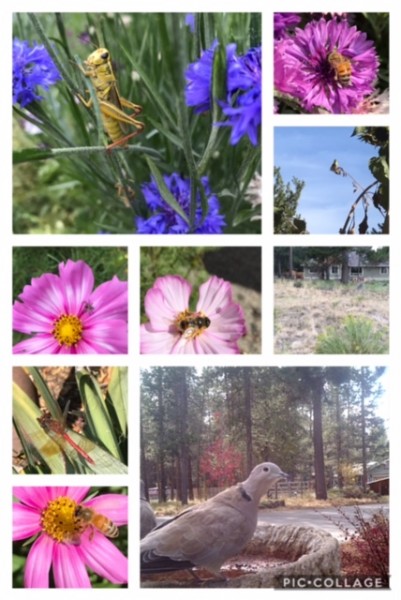Creating a Wildlife Habitat in Your Own Backyard
Part 1 – Make an Assessment
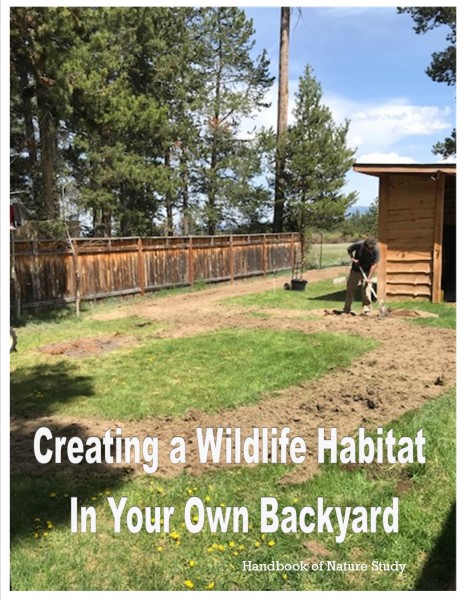
The story of how I decided to create a more wildlife friendly backyard started a long time ago.
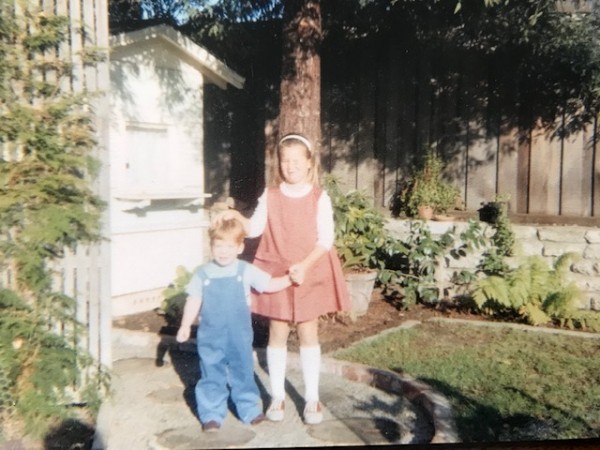
I grew up in a world of manicured lawns and formal flower beds that required a lot of care and attention.
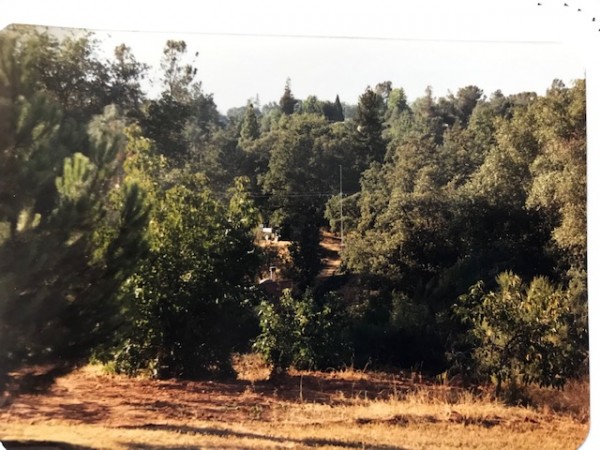
Purchasing our first home back in California, we were happy to be able to afford a plot of land that had a large yard with front yard and backyard lawns and bare ground that had potential for flowers and vegetables in the garden. But in those days, I hadn’t awakened my desire to garden for wildlife, only human needs.
Fast forward a few years, we started to homeschool and to spend lots more time in our own yard. Homeschooling introduced us to nature study and I was drawn to Charlotte Mason’s philosophy of encouraging lots of outdoor time for children. While my boys played outside in our backyard, I haphazardly planted more pollinator friendly plants and trees as a way to create a space where we had some things to observe and learn about together.
Then we made more radical changes by completely removing our front yard lawn and replacing it with native plants and adding additional food and water sources for the birds and other animal visitors. We were creating a more wildlife friendly habitat.
Then we moved to Central Oregon and its harsher environment. We experienced the truly cold and snowy winter climate and the dry, dry, dry high desert climate in the summer. It was a bit of an adjustment to learn what would thrive in our new yard and what sorts of wildlife we needed to accommodate.
The process has been enjoyable and interesting. It takes patience and a little effort but creating a wildlife friendly habitat is worth all the energy.
Wildlife will come to you!
My husband says it’s a case of “if you build it, they will come”. This truly has been our experience.
There have been doubters in our circle of friends. We’ve had people question our choices from time to time, but once we explain why we plant certain things or leave certain plants/weeds to grow, they better understand that we really do have a plan.
My hope is that you will consider creating a wildlife garden of your own. I assure you that you don’t need a lot of land, a lot of money, or any special knowledge in order to be successful.
Think of the process as a way to invite nature right up to your doorstep.
Assess Your Yard and Make a Plan (make a headline)
Make an assessment of what you already have available in your yard. You can use either of the printables below to get started. Ask your children to help you make an inventory of what may already be working for wildlife.
Would you like a free printable plan for creating your own wildlife habitat? I created one for you to use as you assess your yard for the four elements you’ll need to become certified.
Download and print yours here: Wildlife Habitat Plan
Here’s another printable from the National Wildlife Federation that has a detailed checklist for you to use: Garden Certification Walk-through Checklist.
Brainstorm Ideas About Who You Would Like to Visit Your Yard
After you assess your yard, create a list of what you’d like to invite into your habitat. Your children may need some guidance in making a reasonable list of things that may come to visit.
Here are some ideas: butterflies, birds, ladybugs, bees, frogs and toads, squirrels.
My next post will help you create a plan to attract wildlife to your yard by planting and creating the habitat that will entice them to visit and stay awhile.
For now, print one of the suggested printables above and make it a family project to gather information about your current backyard habitat. I don’t want you to worry if you think your yard is a barren wasteland to start with. In my next post, I’ll help you to make a start and I guarantee you that anything you do to create a wildlife habitat will be rewarded if you’re patient.
If you want to look for a good book at your public library that will help stimulate interest in this project, I highly recommend this book that I have in my personal library.
Please note that the link above is an Amazon affiliate link to a book I purchased and value as a resource on this topic.
I will be continuing this series in the months to come. I hope it will help you begin to think about your own backyard space as a possible wildlife habitat that will bring some wild things right to you.
Leave me a comment or send me an email if you have any questions or comments.
ha*************@***oo.com

